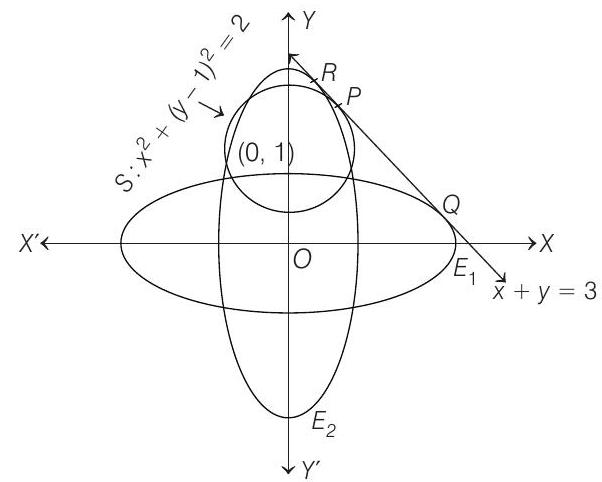Ellipse 2 Question 17
17. Let
Suppose that
(2015 Adv.)
(a)
(b)
(c)
(d)
Analytical & Descriptive Questions
Show Answer
Answer:
Correct Answer: 17. (b)
Solution:
- Here,

Let the point of contact of tangent be
or
Since,
Now, equation of tangent at
On comparing with
Also, equation of tangent at
On comparing with






